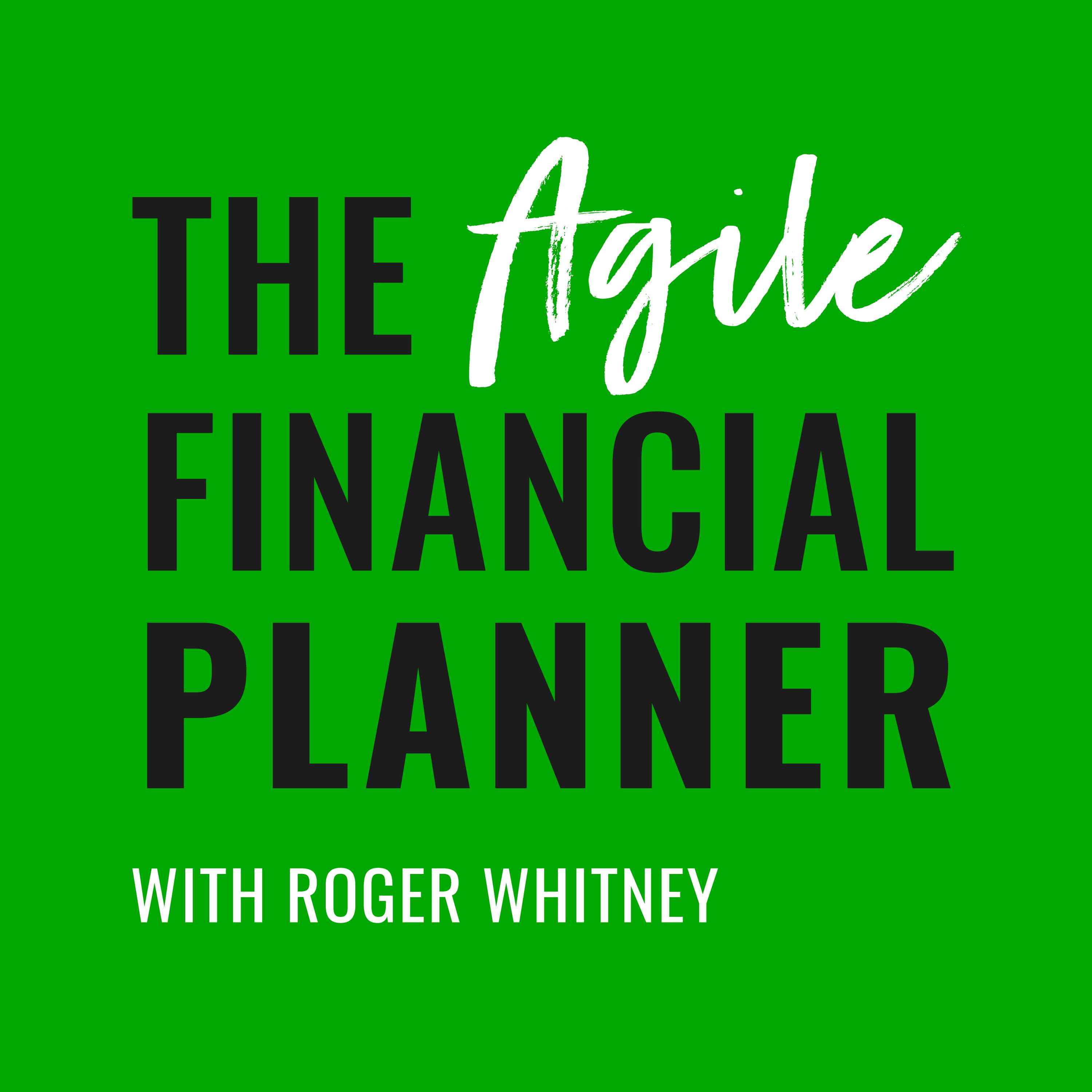
The Agile Financial Planner
Roger Whitney
Podcast
Episodes
Listen, download, subscribe
The 5 Principles of Agile Financial Planning
Do you use an agile financial planning process? If you’re listening to this show you are probably interested in creating the practice of your dreams that serves both your clients and your family. In doing so, you need to understand how to best help your clients while being able to achieve your own financial goals. In this episode of Financial Planner Freedom, you’ll learn why agile financial planning is the best way to serve your clients and yourself. Outline of This Episode [3:22] How financial planning is like project management [5:58] Collaborating with clients helps both clients and planners [9:43] Don’t try to predict the future [11:56] Prioritization is key [14:25] Flexibility Are financial planners in a race to the bottom? There is a trend downward in asset management fees that is largely driven by financial advisors who would rather work with cheaper investment tools than cut their own fees. I think this downward spiral will soon spill over to advisors and planners. There will be a race to the bottom in fees if you want to compete as a financial advisor. If you don’t want to participate in the race to the bottom (maybe you enjoy feeding your family) then you’ll have to think about how you add value to people’s lives and be able to articulate that to your clients. How can you use agile project management to enhance your financial practice On the previous episode, we compared traditional planning to the waterfall approach of project management. But going forward, the trend in project management software has become an agile project management approach. Agile project management tries to be lean, reactive, and flexible. As new risks and opportunities are identified the software can act quickly and take advantage of opportunities and mitigate the risks. Just like in agile project management, agile financial planning allows you to manage your clients’ funds in a more flexible and intuitive way. Listen in to discover why agile financial planning is the way of the future. The 5 principles of agile financial planning Collaboration rather than delegation - Many clients want to delegate tasks to an advisor, and advisors love that. But when they simply delegate what they want rather than collaborate with you, you’ll both miss out. By working together with your clients you’ll be able to come up with better solutions Predicting the future will prove you wrong - As financial geeks, we love to create spreadsheets predicting the markets, taxes, and finances. But we can't know what will happen in the future. It's too unpredictable. Instead of trying to predict the future, help your clients build a framework for a fluid environment. Work on what is actionable today. Prioritize - There is so much to think about when it comes to personal finance: budgeting, long term, and short term savings goals, how to save, cash reserves. All of this can become overwhelming when you try to do it all and convey it to clients. The old system tried to tackle all of these areas at once. But with agile financial planning instead, we prioritize. Look for biggest risks and opportunities first to help the client and yourself focus. Flexibility helps you dodge the curveballs - Having flexibility creates options so it’s important to not make decisions that you can’t undo. Communication is key in agile methodology - Have frequent little conversations rather than big ones. Frequent communication allows you to identify risks and make changes as needed. Connect With Roger Whitney www.RogerWhitney.com Roger @ FinancialPlannerFreedom.com Roger on Twitter: @Roger_Whitney Subscribe to Financial Planner Freedom Click here and choose your preferred app Audio Production and Show notes by PODCAST FAST TRACK https://www.podcastfasttrack.com
The Agile Financial Planner RSS Feed












